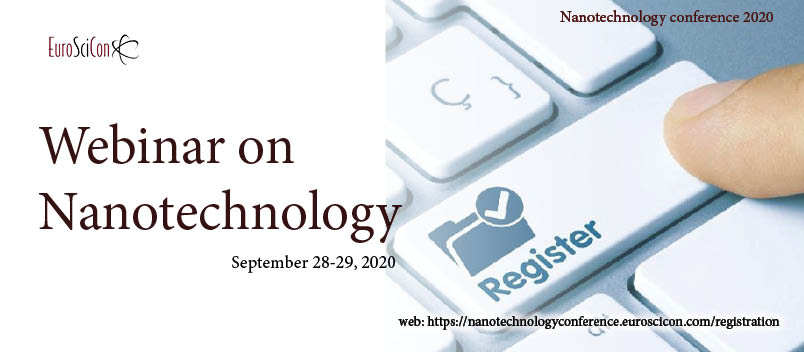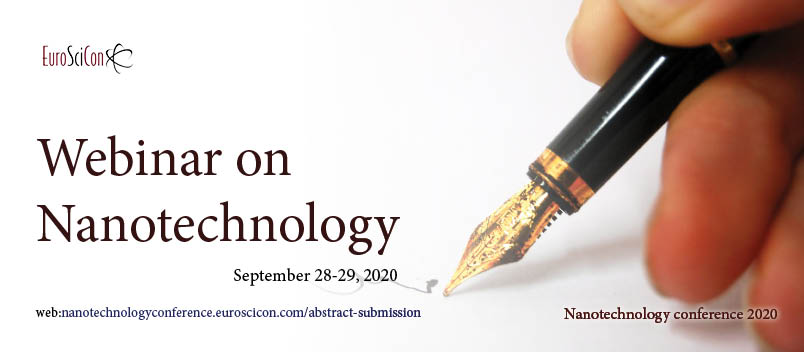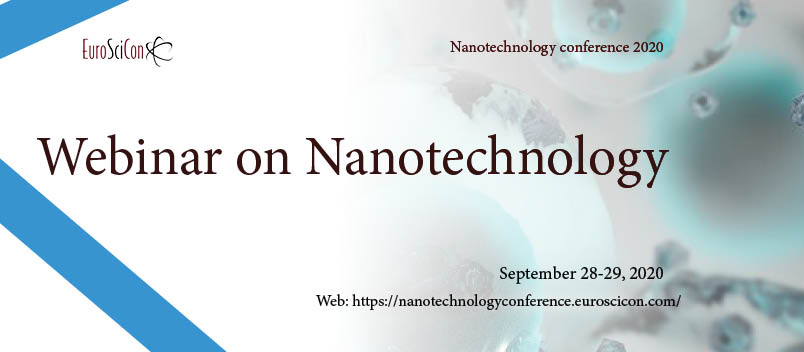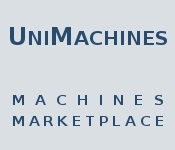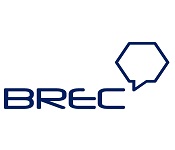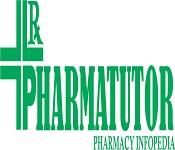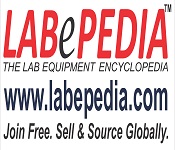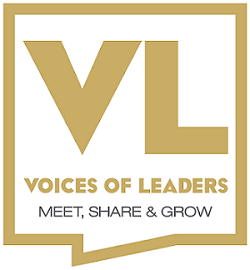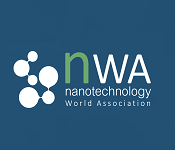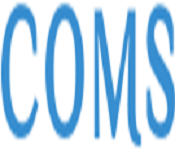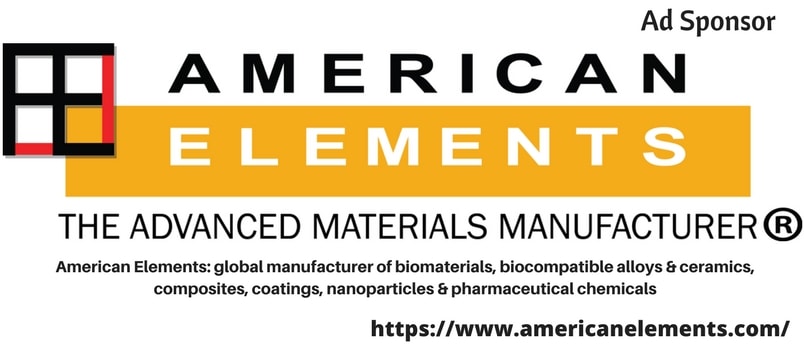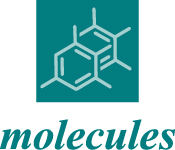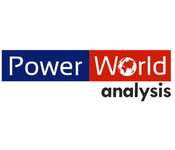Nanotechnology Conference 2020
About Conference
We are very glad to welcome you to participate at our “Webinar on Nanotechnology” on September 28-29, 2020. Our Aim is to bring global scientists/ researchers and business professionals to the one platform. Nanotechnology conference 2020 includes the series of meetings, Oral Talks, Poster Presentations, and Workshops & Exhibitions by Industries, Academicians, Professors, and Young Forum Researchers & Students.
So come and join leading experts and professionals through webinar from September 28-29, 2020 to keep up with the rapidly accelerating pace of change that is already having an impact on the field of Nanotechnology.
Nanotechnology include the dimension to see and to control singular particles and atoms. Everything on Earth is comprised of molecules—the nourishment we eat, the clothes we wear, the structures and houses we live in, and our very own bodies.
The theme of the conference is Nanoscience and Nanotechnology: An Innovative Future
The conference focuses on the new and advance technologies in the field of Nanoscience and Nanotechnology field. Our conference provides the best stage to the professors, student, researchers and scientists to share their knowledge in the Nanotechnology field.
We are inviting the eminent personalities of the universities, professors, scientific staff and the PhD Students to present their work in our conference.
Target Audience:
- Nanotechnologist
- Business Entrepreneurs
- Nanoscientist
- Clinical Laboratories and Technicians
- Supply Chain companies
- Manufacturing Companies
- Pharmaceutical Industrialist
- Research Institutes and members.
- Students of Nanotechnology
Sessions and Tracks
Track 1:Nanoscience and Nanotechnology
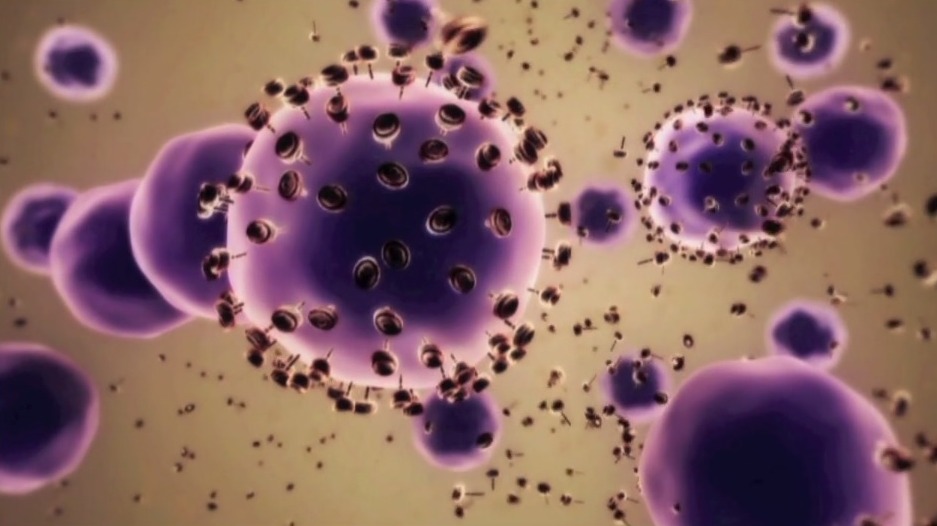
Nano Science is an innovation-led at the Nanoscale. It is the applications and study related to exceptionally small things that may be utilized around all the contrary fields of science, similar to science, science, physical science, designing, and Materials sciences. Nanotechnology is the application of prompting the utilization of new nanomaterials and nanosize parts in useful products. Nanotechnology will one day provide us with the skill to design customized materials and products with new intensify properties, new nanoelectronics components, new kinds of “smart” medicines and sensors, and even interfaces between electronics and biological systems.
- Energy production and distribution
- Polymer Nanocomposites
- Food industry for enhancement of shelf life
- Nano devices and sensors
- Nanorobotics and Nanomanipulation
- Smart Textiles and Apparels
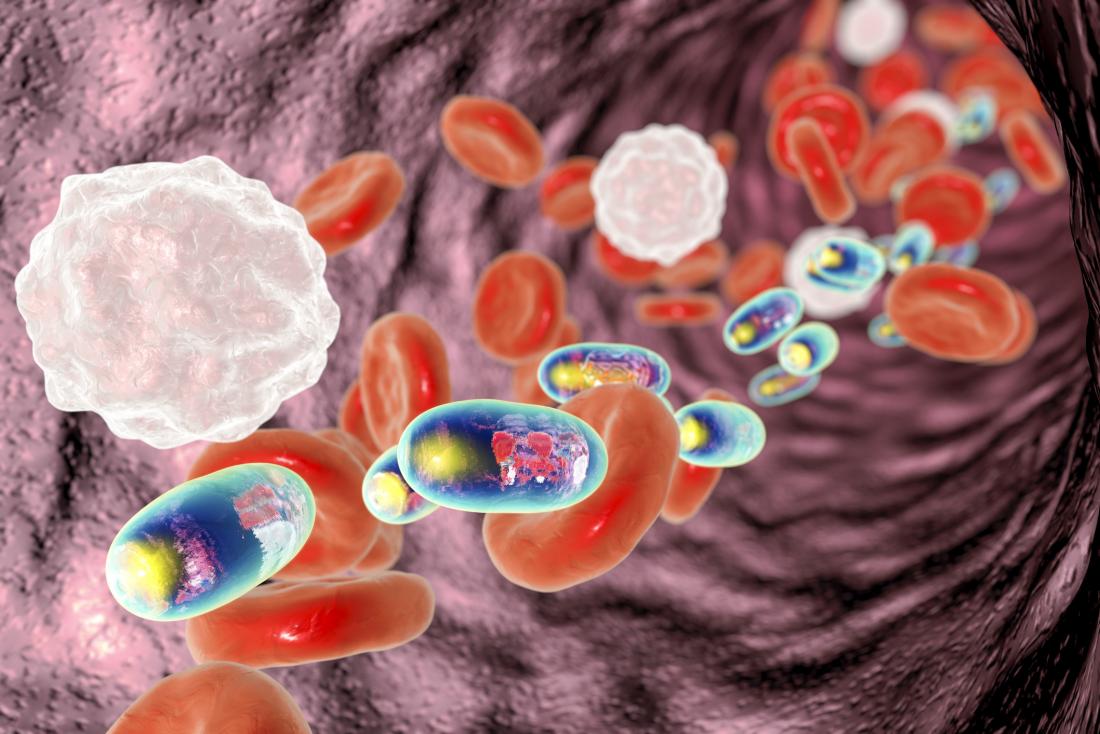
Nanotechnology has given the prospect of delivering drugs to specific cells employing nanoparticles. Nanomedicine is the clinical use of nanotechnology. Nanomedicine ranges from the medical applications of nanomaterials and biological devices, to nanoelectronic biosensors, and even conceivable future uses of atomic nanotechnology, for example, organic machines. Nanomedicine makes progress toward conveying significant arrangement of research devices and clinically valuable devices and its industry deals came to $19 billion of every 2017, with a normal of $3.8 billion interest in nanotechnology R&D consistently and increment of 52% every year worldwide subsidizing for developing nanotechnology.
Track 3: Nanomaterials and Nanobiomaterials

The nanomaterials field incorporates subfields which create or study materials having interesting properties emerging from their nanoscale measurements. Nanoscale materials can likewise be utilized for mass applications; most present business uses of nanotechnology are of this flavor. Advancement of uses joining semiconductor nanoparticles to be utilized in the up and coming age of items, for example, show innovation, lighting, sun based cells, and natural imaging; see quantum spots. Bionanomaterials are made not entirely or absolutely out of natural molecules and achieving structures having a Nano-scale-estimation. Alluring nanomaterials are the appealing particles of Nanosize that are having particular appealing properties. They are existing in different structures, for instance, dry powders, as surface functionalized.
- Polymeric Biomaterials
- Metallic Biomaterials
- Classes of Nanostructured Biomaterials
- Biomedical Applications and Translational Aspects of Nanomaterials
- Biodegradable Polymeric Biomaterials
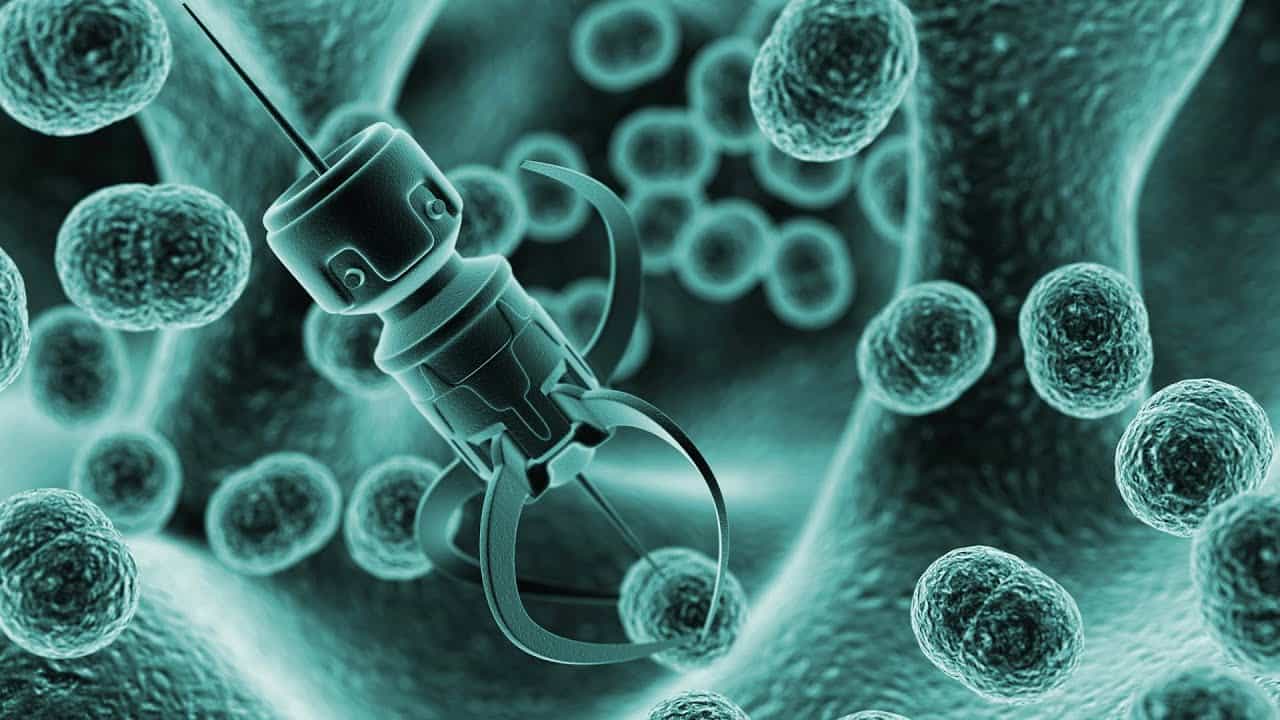
Nanometrology is a subfield of metrology, concerned with the study of estimation at the nanoscale level. Nano metrology has an essential role in order to produce nanomaterials and devices with a high degree of accuracy and reliability in nonmanufacturing. The requirements for estimation and portrayal of new example structures and attributes far surpass the capacities of current estimation science. Foreseen progresses in rising U.S. nanotechnology businesses will require progressive metrology with higher goals and exactness than has recently been imagined.
- Nano coordinate measuring machine
- Atomic force microscopy
- Integration techniques
- Hybrid integration
- Monolithic integration
Track 5: Nano devices and Nano sensors
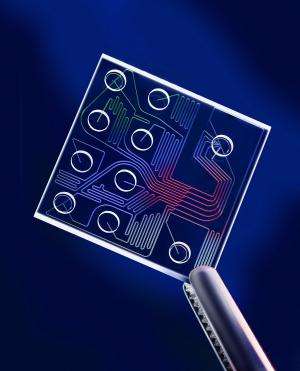
Nanosensors are substance or mechanical sensors that can be utilized to recognize the presence of chemical species and nanoparticles, or screen physical parameters, for example, temperature, on the nanoscale." They find use in clinical indicative applications, food and water quality detecting, and different synthetic chemicals. Nanodevices are nanoparticles that are created to associate with cells and tissues and doing quite certain errands.
- Modeling, simulation of nanomaterials
- Nanopositioning, nanomanipulators
- Nanoimaging techniques (STM, AFM, etc.)
- Optical components
Track 6: Graphene and Applications
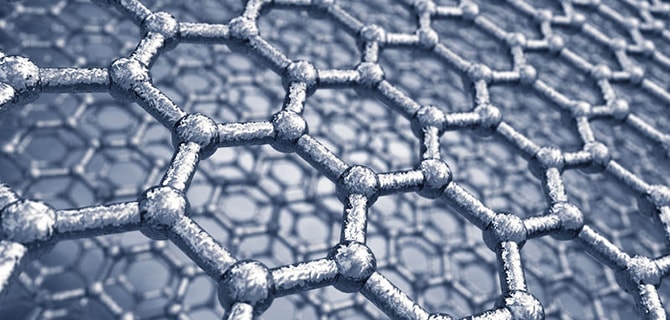
Graphene is the fundamental structure obstruct for other graphitic materials; it also serves as a new class of materials that are just a single molecule thick, alleged two-dimensional (2D) materials (they are called 2D in light of the fact that they reach out in just two measurements: length and width; as the material is just a single particle thick, the third measurement, height, is viewed as zero).
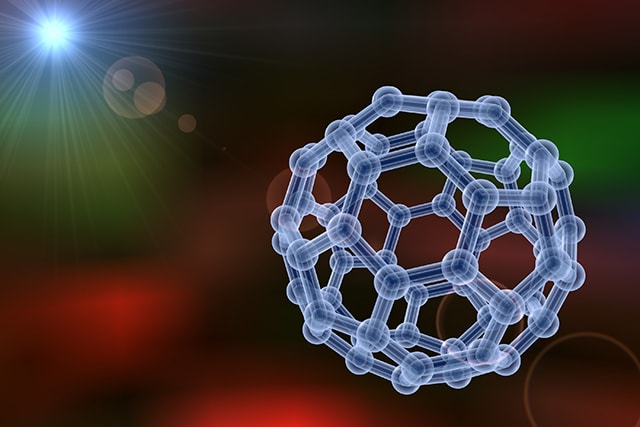
Nanochemistry is defined as the field as "a rising subdiscipline of strong state science that underlines the combination rather than the engineering aspects of preparing little pieces of matterwith nanometer. Nanochemistry can be defined by the concept of size, shape, self-social affair, issues and bio-nano; So the mix of any new nano-manufacture is connected with all of these thoughts. Nano-create mix is dependent on how the surface, size and shape will provoke self-get together of the structure hinders into the helpful structures; they apparently have down to earth blemishes and might be significant for electronic, photonic, therapeutic or bioanalytical issues.
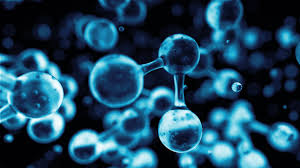
Nanobiotechnology is the application of nanotechnologies in organic fields. Scientists, physicists and researcher each view nanotechnology as their very own part of the subject, and coordinated efforts in which they each contribute equally are common. One outcome is the crossover field of nanobiotechnology that utilizes natural beginning materials, organic plan standards or has organic or clinical applications. While biotechnology copes with metabolic and other physiological procedures of natural subjects including microorganisms, together with nanotechnology, nanobiotechnology can assume a crucial job in developing and actualizing numerous valuable devices in the study of life.
- Molecular sensing
- Molecular electronic
- Plasmonic nanobiosensors
- Quantum dots
- Smartphone-based nanobiosensor
Track 9: Polymer Nanotechnology
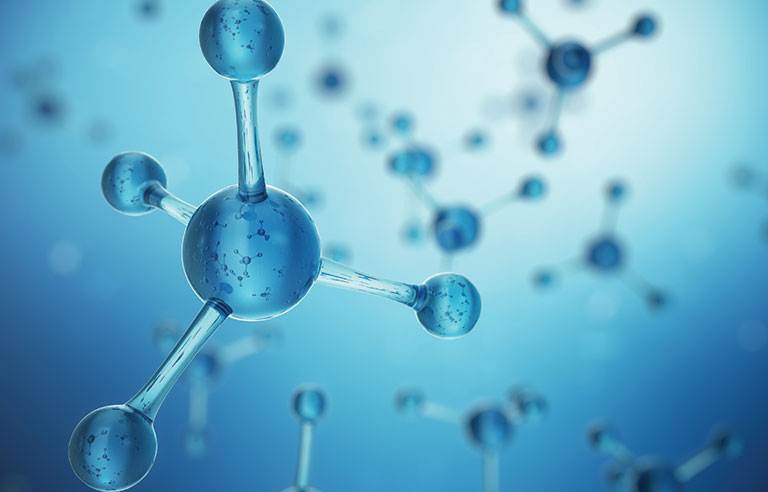
Polymer nanotechnology is the application of nanoscience to polymer-nanoparticle networks, where nanoparticles are those within any one dimension of under 100 nm. Polymer nanocomposites (PNC) comprise of a polymer or copolymer having nanoparticles or nanofillers scattered in the polymer grid. These might be of various shape (e.g., platelets, strands, spheroids), however in any event one measurement must be in the scope of 1–50 nm. These PNC's have a place with the classification of multi-stage frameworks (MPS, viz. mixes, composites, and froths) that devour almost 95% of plastics creation.
- Bio-hybrid polymer nanofibers
- Bio-hybrid nanofibres by electrospinning
- Bio-hybrid polymer nanotubes by wetting
- Delivery from compartmented nanotubes
- Immobilization of proteins

Nanophysics unites multiple disciplines, utilizing hypothetical and trial strategies to decide the physical properties of materials in the nanoscale size range. Fascinating properties incorporate the basic, electronic, optical, and warm conduct of nanomaterials electrical and warm conductivity; the powers between nanoscale objects and the progress among old style and quantum conduct. Nanophysics has now become an autonomous part of material science, at the same time, venturing into numerous new zones and playing a fundamental job in fields that were before the space of designing, synthetic, or life sciences.
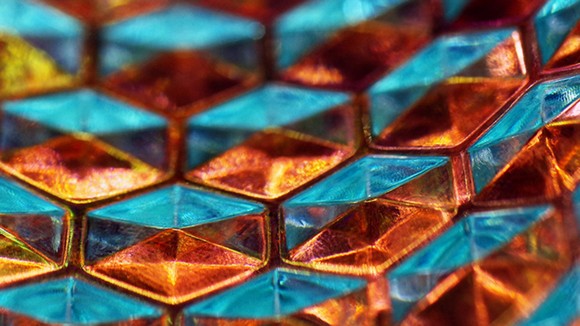
Materials science, defined as the study of the properties of solid materials and how those properties are resolved by a material's organization and structure. It became out of an amalgam of solid-state material science, metallurgy, and science since the rich assortment of materials properties can't be comprehended within the context of any single classical discipline. With a necessary comprehension of the origin of properties, materials can be chosen or intended for a huge assortment of utilizations, ranging from structural steels to computer microchips.
Track 12: Carbon Nanotechnology
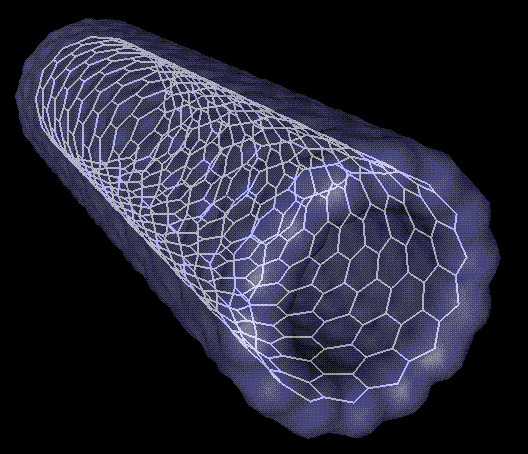
Carbon nanotubes are round and hollow particles that comprise of rolled-up sheets of single-layer carbon atoms (graphene). They can be single-walled with a breadth of under 1 nanometer (nm) or multi-walled, comprising of a few concentrically interlinked nanotubes, with distances across arriving at in excess of 100 nm. Their length can reach several micrometers or even millimeters.
Like their structure of graphene, Carbon Nanotubes are chemically bonded with sp2 bonds, an incredibly solid type of atomic communication. This component joined with carbon nanotubes' regular tendency to rope together by means of van der Waals powers, gives the chance to create ultra-high-quality, low-weight materials that have exceptionally conductive electrical and warm properties. This makes them exceptionally alluring for various applications.
- C60 and carbon nanotube sensors
- Functionalization and applications of carbon nanotubes
- Biological activity of pristine fullerene C60
- Types of carbon nanotubes and related structures
- Functionalization and applications of [60] fullerene
Track 13: Smart Materials and Nanomaterials
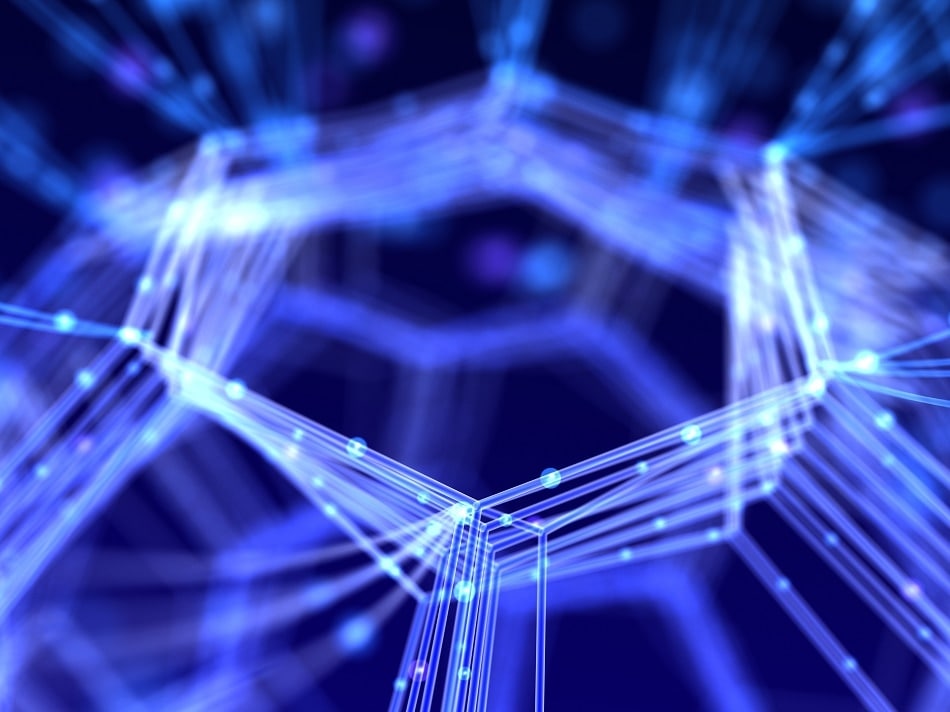
Smart materials are those materials responding to external stimulations and have more than one property. It is also known as responsive materials. These objects can change shape or practices with high temp water, pressure, synthetic, light, or warmth. Nanomaterials display brilliant properties, for example, chemical and physical strong stability, lower thickness, and huge surface region. These amazing properties of nanomaterials make them the mainstream possibility for the structure and advancement of novel practical nanomaterial-based films.
- Colour-changing materials
- Electroluminescent materials
- Oxidation
- Magnetostrictive materials & Magnetic shape memory alloys
- Smart inorganic polymers
- Modelling, simulation and control of smart materials
- Quantum science and technology
Track 14: Metals, Mining, Metallurgy and Materials

Metallurgy is the study of extracting metals from their minerals ores and customize the metals for use. Metallurgy generally alludes to commercially rather than research laboratories. It additionally concerns the chemical, physical, and nuclear properties and structures of metals and the standards whereby metals are combined to form alloys. Ores found by mining incorporate metals, coal, oil shale, gemstones, limestone, chalk, measurement stone, rock salt, potash, rock, and earth. Mining is required to get any material that can't be developed through agrarian procedures or made falsely in a research facility or manufacturing plant. Mining from a more extensive perspective incorporates the extraction of any non-sustainable asset, for example, petroleum, natural gas, or even water.
- Surface phenomena
- Solidification
- Iron-Carbon alloys
- Remelting technologies
- Non-destructive testing
- Corrosion and protection
Track 15: Nanotechnology in Tissue Engineering
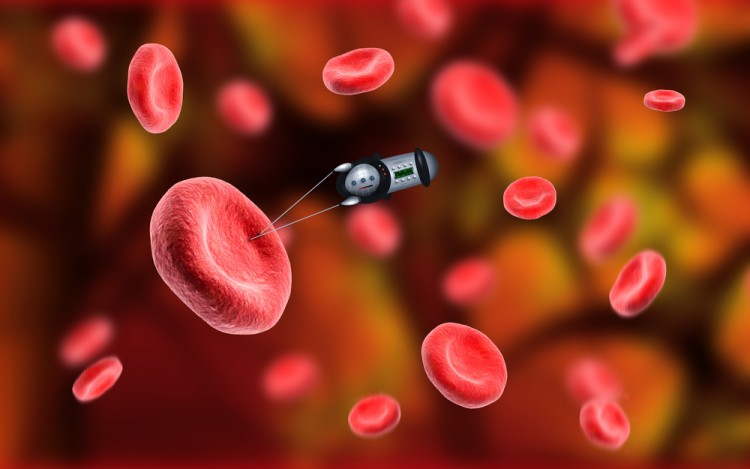
Nanotechnology is being used for tissue engineering and regenerative medication. Nanostructures can impersonate tissue-explicit environments by structuring develops with specific biochemical, mechanical, and electrical properties. Accordingly, tissue can be designed by utilizing these nanostructures for improved cell grip, development, and separation. As the scope of tissues being proposed for designing expands, there is likewise a relative increment sought after for new framework properties.
Track 16: Molecular Nanotechnology
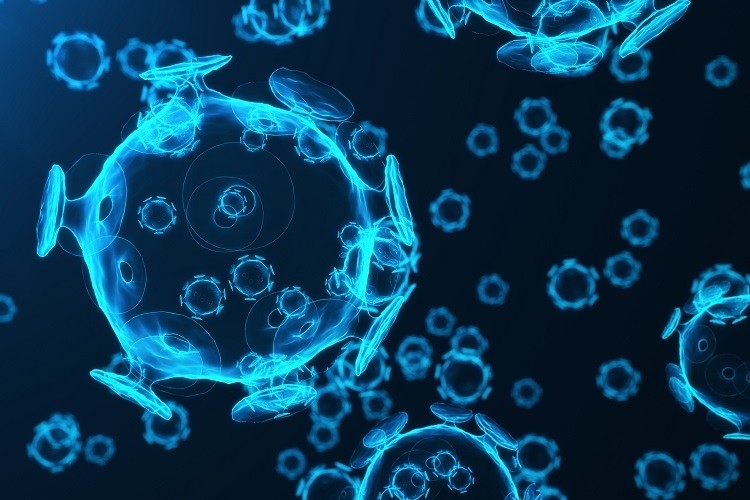
Molecular nanotechnology depicts engineered nanosystems (nanoscale machines) working on the sub-atomic scale. It is particularly connected with the sub-atomic constructing agent, a machine that can create an ideal structure or gadget iota by-particle utilizing the standards of mechanosynthesis-precisely guided compound blend is crucial to sub-atomic assembling. It is a branch of engineering that manages the structure and production of incredibly little gadgets, that is, nanosystems or gadgets worked at the sub-atomic degree of issue. The proposed use of Molecular Nanotechnology is the capacity to structure and building material at the nanoscale level, enveloping a wide variety of possible commercial applications.
- Medical nanorobots
- Potential social impacts
- Replicating nanorobots
- Molecular Manufacturing
- Molecular Electronics
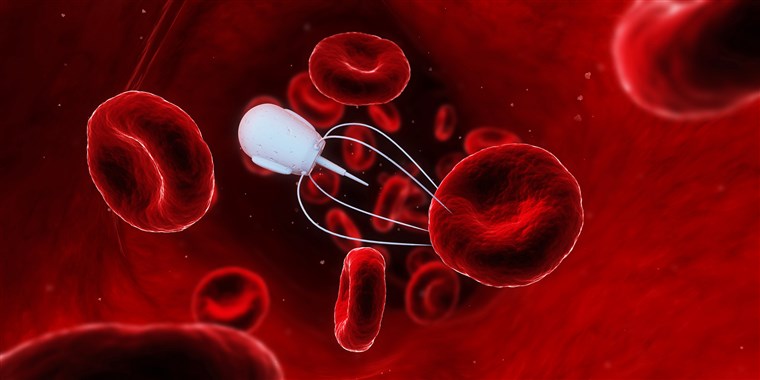
Nanotechnology robots are quintessential NEMS (nanoelectromechanical frameworks) and raise all the significant issues that must be tended to in NEMS configuration: detecting, activation, control, correspondences, power, and interfacing across spatial scales and among natural and inorganic materials. Because of their size, practically identical to natural cells, nanorobots have a huge swath of potential applications in fields, for example, ecological checking or medication. Nonetheless, specialists today for the most part utilize the term nanorobot to depict atoms with a novel property that empowers them to be modified to do a particular task.
Track 18: Emerging materials and nanotechnology

Emerging Materials indicate the materials combination and development growth of high-quality single-crystal examples as a way to uncover and see new physical science or new functionalities. Our procedure is to adjust two methods of materials development: revelation combination of new materials, and focused on the development of setting up frameworks that we alter and develop for explicit test tests.
- Solar energy materials & systems
- Advanced Graphene and Carbon Materials
- Emerging areas of Materials Science
- Smart materials
- Light-weight energy-efficient structural materials
Market Analysis
Nanotechnology is a developing interdisciplinary growth that is frequently observed as another modern transformation. Nanotechnology is progressively pulling in overall consideration inferable from its wide scope of end-employments. As nanotechnology is developing, so is the extension for its business extension. The wide scope of likely items and applications gives nanotechnology its gigantic development possibilities. It has been estimated that the worldwide nanotechnology industry will develop to reach US$ 75.8 Billion by 2020. In such a situation, immense open door lies for industry members to tap the quickly developing business sector.
Nanotechnology with a blend of nanofiber materials is increasing quick force in the worldwide market. Nanofibers are utilized fundamentally in different film based advances. These advances locate their fundamental fields of use in water and wastewater treatment, substance handling, natural remediation, oil and vitality, food and refreshment creation, and life science.
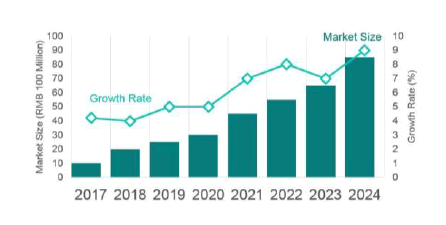
Especially in the plastic business, the utilization of nanofibers as fortifying specialists for polymeric mixes is expanding at an exceptionally solid pace, driven by the interest for new materials that are adaptable and, simultaneously, lightweight and solid. Additionally, in the life-science part, there has been developing enthusiasm for the advancement of three-dimensional biocompatible materials that go about as supporting structures to advance the development of new cells and the building of tissue.
Geologically, China is probably the greatest market for nanotechnology and propelled materials and organizations are anticipating growing their business in China just as the Asia-Pacific locale. For example, in April 2019, Toray Industries, one of the main players in nanofiber materials, reported an arrangement to build up an assembling office for microfiltration, ultrafiltration, nanofiltration, and converse assimilation films in Foshan, China. Toray is as of now serving the quickly developing Chinese market by giving different sorts of films to water sanitization, desalination, and wastewater treatment.
Learn More
UNIVERSITIES OF NANOTECHNOLOGY
Nanotechnology Universities in USA:
College of Nanoscale Science and Engineering| Johns Hopkins University | Virginia Commonwealth University | University of Central Florida | University of California, Berkeley | Northeastern University | University of California, Irvine | University of Tennessee | Northwestern Polytechnic University | George Mason University | University of New Mexico | Northwest Missouri State University | Saint Francis University | Millersville University | University of Maryland | Virginia Tech | Penn State York | Stony Brook University | University of Pennsylvania | North Dakota State College of Science | University of Wisconsin-Stout | North Dakota State University | Mansfield University of Pennsylvania | University of California, Los Angeles | Wayne State University | University of Utah | Rutgers, The State University of New Jersey | Stevens Institute of Technology | University of Denver | University of Central Florida, Shore light | Louisiana Tech University | University of Connecticut | University of Colorado Boulder | University of North Carolina at Greensboro | Arizona State University | Johns Hopkins University | University at Albany, The State University of New York | University of Oklahoma | University of Washington | University of Maryland, College Park | University of Pittsburgh
Nanotechnology Universities in Europe:
Bangor University | University of Birmingham | University of Bristol | Cranfield University | University of Glasgow | Lancester University | University of Strathclyde | University of Surrey | Swansea University | Teesside University | Aalto University | Aarhus University | Barcelona University | University of Cambridge | Chalmers University of Technology | University College Dublin | University of Erlangen-Nurnberg | University of Greenwich | Grenoble Institute of Technology | Imperial College London | Linkoping University | National University of Ireland, Galway | National University of Science and Technology (MISIS) | University of Oxford | Politecnico de Torino | Politecnico de Milano | Queen’s University Belfast | Rovira I Virgili University | University College London (UCL) | University of Southampton | Technical University of Denmark | University of Twente | Ulster University | University of Valencia
Nanotechnology Universities in Asia and Middle East:
VIT University, India | Indian Institute of Science, Bangalore | IITs | NITs | Nano Science and Technology Consortium, Delhi | Hong Kong University of Science and Technology | Preston Institute Of Nanoscience And Technology (PINSAT), Islamabad | National University of Singapore (NUS) | Center of Excellence in Nanotechnology at AIT | College of Nanotechnology at KMITL | University Putra Malaysia | Sri Lanka Institute of Nanotechnology (SLINTEC) | The University of Tokyo | Tokyo Institute of Technology | Indian Institute of Nano Science & Technology Bangalore
SOCIETIES OF NANOTECHNOLOGY
Nanotechnology Societies in USA:
International Institute for Nanotechnology (IIN)| American Nano Society | International Association of Nanotechnology (IANT) | IEEE Nanotechnology Council | Institute for Molecular Manufacturing (IMM) | Microscopy Society of America (MSA) | Nano Science and Technology Institute (NSTI) | NanoBusiness Alliance | American Chemistry Council Nanotechnology Panel | International Council on Nanotechnology (ICON)
Nanotechnology Societies in Europe:
European Society for Precision Engineering and Nanotechnology (EUSPEN) | British Society for Nanomedicine | Nanotechnology Industries Association (NIA) | Royal Microscopical Society | Royal Society - Nanotechnology and Nanoscience | Institute of Nanotechnology | Schau-Platz NANO | Safenano | Innovationsallianz Carbon Nanotubes (Inno.CNT) | Czech Nanotechnology Industries Association | European Society for Molecular Imaging (ESMI) | Erwin Schrödinger Society for Nanosciences | National Institute for Nanotechnology
Nanotechnology Societies in Asia and Middle East:
Nano Technology Research Association | Russian Society of Scanning Probe Microscopy and Nanotechnologies | Nano Science and Technology Consortium (NSTC) | Centre for Nano and Soft Matter Sciences | National Centre for Nano-Structured Materials, CSIR | Institute of Nano Science and Technology | Iran Nanotechnology Initiative Council (INIC) | Sri Lanka Institute of Nanotechnology | National Nanotechnology Center (NanoTec) | National Center for Nanoscience and Technology
COMPANIES OF NANOTECHNOLOGY
Nanotechnology Companies in Europe:
Ad-particles | Quick step Technologies | Deerac Fluidics | CS Instruments | Cordouan Technologies | Biokowski psb Industries | Fluigent Smart Microfludics | PLIN Nanotechnology| Auto Car Brands | Leblogauto | WTS Global | BR Automation | AGM Automation System Inc | AGI Automation Components | Aveni Collaborative Centre for Applied Nanotechnology | Silicon Biosystems | SCRIBA Nanotechnologies | Plasma Diagnostics and Technologies | Organic Spintronics | Mindseeds Laboratories | MBN Nanomaterialia S.p.A | Linari Biomedical | HiQ-Nano | Directa Plus | Digisens 3D Tomography Software Solutions | Russian Corporation of Nanotechnology (RCNT) | A.P.E. Research | Sandvik | Delphi Automotive | Reckitt BenckiserVoestalpine | Seagate Technology| Prysmian Group | Pernod Ricard| Tyco International |GKN | Rusal | Carlsberg Group| Norsk Hydro| Lanxess| DSM | Covidien | Novolipetsk Steel | Nornickel | Cr.E.S.T. - Crisel Elettrooptical Systems Technology | Digital Surf | Marion Technologies | ABCR supplies Lmtd | AIXTRON | Buhler | BASF | Bio Gate
Nanotechnology Companies in USA:
Ade 10 Angstroms | Advance TEC | Aegis Techologies | Angstrom Engineering | American Dye Source, Inc. | Applied Nanotools Inc. | Advance Reproductions | Indigo Instruments | Klean Carbon | MCH nano soloutions | MFS Technologies Ltd | IMEMS | Advanced Diamond Solutions | AEB | Advanced Energy | Advanced optical technologies | Clemex Technologies Inc.| Cytodiagnostics Inc.| D-Wave Systems ADVANO | Advenira solutions | Delong America group Inc. | Electronics.ca Publications | Epoc Blood Analyst System | Innovative Bioceremix,Inc | 3D systems | 4WAVE | A&A coatings | A Beam Technologies| Accelrys(BIOVIA) | ACS Materials
Nanotechnology Companies in Asia and Middle East:
NOF CORPORATION | Showa Denko | Osaka | Taisei Kogyo | Digit Link | Gobiz Korea | BMVIT| AIT | Nanotech Enterprice | SSV | KSU | Nano yo | Curiox Accelerating life Sciences | Liwei Nano | Micron | ATIP | F- Carbon | Fuji Xerox | Marubeni| Comtech Advanced | Amphenol | Alpha Casting | HSRE Work | ICAM | Precision Type | Bugatti |Aixam | SBEC | ATKINS Group | PACIFIC COAST | FM Global | ISAT | Candc Infrastructure | Proteck Coating | TE Connectivity | Salzgitter AG |Atlas Copco |UPM | Novo Nordisk Merck Group | Vedanta Resources |Ingersoll Rand | Stora Enso | Syngenta | Nanomaterials technology Interation Point | Green Prophet | Proactive Investors | Innovation Kaust | Molecular Raber Design | Society of Petroleum Engineers | Knights Security | Nanotech | United Plastic Curtiss-Wright
NANOTECHNOLOGY JOURNALS:
Nano Letters | Journal of Nanoscience and Nanotechnology (JNN) | Nanotechnology | Encyclopedia of Nanoscience and Nanotechnology | NanoTrends | Journal of Nanophotonics (JNP) | ACS Applied Nano Materials | ACS Nano | Advances in Natural Sciences: Nanoscience and Nanotechnology| American Journal of Nanomaterials | Applied Nanoscience | Artificial Cells, Nanomedicine and Biotechnology | Beilstein Journal of Nanotechnology | Bioinspired, Biomimetic and Nanobiomaterials | Biomedical Microdevices: bioMEMS and Biomedical Nanotechnology | Cancer Nanotechnology | Current Nanoscience| e-Journal of Surface Science and Nanotechnology | Environmental Science: Nano | European Journal of Nanomedicine (EJNM) | Fullerenes, Nanotubes and Carbon Nanostructures | Hans Journal of Nanotechnology | HSOA Journal of Nanotechnology: Nanomedicine & Nanobiotechnology | IEEE Nanotechnology Magazine | International Journal of Biomedical Nanoscience and Nanotechnology (IJBNN) | International Journal of Green Nanotechnology | International Journal of Nano and Biomaterials (IJNBM) | International Journal of Nano Device, Sensor and Systems (IJ-Nano) | International Journal of Nano Dimension (IJND) | International Journal of Nano Studies & Technology | International Journal of Nanoelectronics and Materials (IJNeaM) | International Journal of Nanomanufacturing (IJNM) | International Journal of Nanomedicine | International Journal of Nanoparticles (IJNP) | International Journal of Nanoscience | International Journal of Nanotechnology | International Journal of Nanotechnology and Applications | International Journal of Smart and Nano Materials | International Nano Letters | ISRN Nanotechnology | Journal of Biomaterials and Nanobiotechnology | Journal of Biomedical Nanotechnology (JBN) | Journal of Bionanoscience | Journal of Experimental Nanoscience | Journal of Geoethical Nanotechnology | Journal of Micro - Nano Mechatronics | Journal of Nano Education | Journal of Nano Research (JNanoR) | Journal of Nano- and Electronic Physics | Journal of Nanobiotechnology | Journal of Nanoelectronics and Optoelectronics (JNO) | Journal of Nanoengineering and Nanosystems | Journal of Nanomaterials | Journal of Nanomaterials & Molecular Nanotechnology (JNMN) | Journal of Nanomechanics and Micromechanics | Journal of Nanomedicine & Nanotechnology (JNMNT) | Journal of Nanoneuroscience | Journal of Nanoparticle Research | Journal of Nanostructured Polymers and Nanocomposites (JNPN) | Microfluidics and Nanofluidics | NANO | Nano Biomedicine and Engineering | Nano Hybrids and Composites | Nano LIFE
